Capture: Two Tone
424 Responses
First ←Older Page 1 … 4 5 6 7 8 … 17 Newer→ Last
-
-
Lilith __, in reply to
Heh, love your work, Nora! Although those men seem to be meeting clandestinely in a parking lot!
-
-
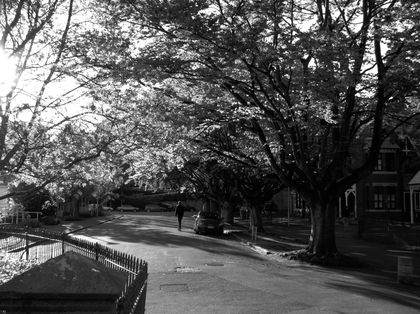
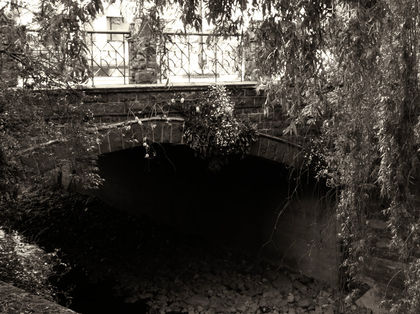
A couple from the walk to work. I have found that with my trusty old Canon S3IS, if I set the camera to black and white, the preview window shows greyscale and it saves a jpg processed by the Camera, but running the CHDK added firmware set to save as RAW (processing to DNG on the camera) the DNG version is full colour I can process later being a bit more selective.
-
Ian Dalziel, in reply to
Two blokes...
...emerging from the graydium
of the quotidian frequencies! -
-
-
-
Ian Dalziel, in reply to
pulling your legume...
cup of (homegrown)...
Christmas card?
Peas on Earthand other little prints...
-
-
Nora Leggs, in reply to
Nice dumps Morgan.... I see some Barcelonas in there.
-
Nora Leggs, in reply to
Christmas card?
Peas on EarthHa! I have a colour version too - a bit more festive.
-
-
Morgan Nichol, in reply to
Yep, some Barcelona, some Paris, the old bridge is in Belgium, the desert one is in UAE, and the one of my lady friend is either on the bank of Poerua or Wanganui River (the Harihari coastal walk there is friggin' excellent).
-
IMO, if you can shoot raw, you have to shoot raw.
-
Ross Mason, in reply to
pulling your legume…
cup of (homegrown)…
Christmas card?
Peas on EarthBean there. Done that.
-
Lilith __, in reply to
IMO, if you can shoot raw, you have to shoot raw.
I've never done this, because I take a lot of photos and I can't be bothered with huge files. The amount of compression in a standard camera jpg is minimal. My 2c.
-
David Hood, in reply to
The amount of compression in a standard camera jpg is minimal
It is not really the compression where the differences are- If you know you are going to be adjusting the tones in the picture, the raw image has much more tone information in it than a jpg, so you can do much stretching a small tone range over a big distance as your are just bringing out hidden differences normally to small to see. That said, an awful lot of the above is predicated on the software you are using to read in the image being able to deal with the depth of tone information in its internally saved format- if when you read the raw in it is effectively being converted to a jpg then raw will not gain you much (except for tone shifts you are doing as part of the import process).
-
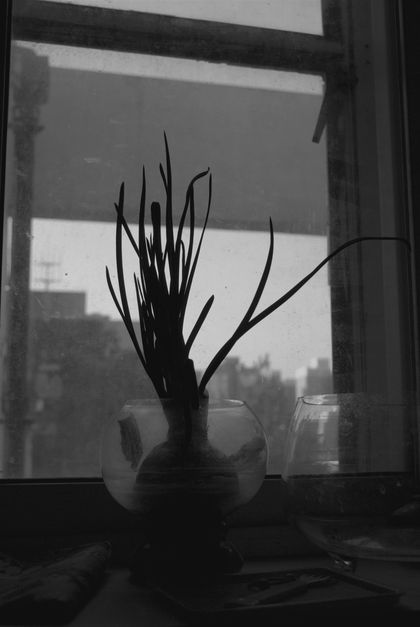
This discussion prompted me to explore some of the buttons on my camera I hadn’t really played with before. Here’s my first attempt at raw – though my camera saves that as .nef, which Picasa can open but neither GIMP nor Irfan View will. And Picasa, being little more than a few special effects, does allow me to compare raw and regular jpeg images easily, as in click between the two, but it doesn’t give me much information about them. Is there any other preferably free software that people recommend?
ETA: and man those windows are filthy... but no, I am not going to hang myself out a 6th floor window to clean them.
My wife found an onion that had started sprouting in the kitchen, so I suggested we find a jar, give it some water, and let it grow. That old fish bowl had a suitably narrow neck with a space for some water, so now the onion lives on the window sill next to the two tortoises our downstairs neighbours who are getting ready to leave for the US gave my wee one.
-
Bruce Buckman, in reply to
Agreed. I'd be lost without RAW. And I've actually tried not to use it at various times and always ended up going back.
If you are taking lots of time to compose the shot and get exposure absolutely spot on, then sure the final JPG may not be far off what you'd end up with after RAW conversion. But I do lots of bird pics and you often don't have time for careful composition/exposure setting. RAW really helps compensate for those failings by giving you more leeway to get shadow details and blown highlights back.
Also I use a third-party noise reduction plugin because it gives me more control (i.e. I apply it to the level I want, and only in those parts of the image I want to apply it do) so I don't want a JPG where the camera has done some of that in a blanket fashion before hand. Likewise with sharpening, which I also now usually apply to only part of the image and in an adjustable way.
RAW + Photoshop feels like the B&W film developing I did as a student whereas JPG just kinda feels like getting the packet of prints back from the chemist.
Also, getting a USB 3.0 card reader makes transferring GBs of RAW files way less painful.
-
-
-
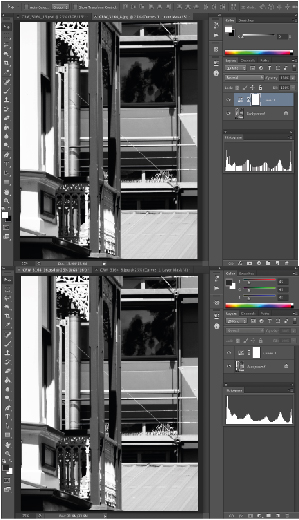
For getting sense of the effect of raw, here is an image I toned fairly aggressively in photoshop with curves. Now, to my eye, there is actually not a lot in it at this stage, but looking at the histogram of the top image (8 bit colour jpg version) you can see the histogram has gotten gaps in it compared to the bottom version (16 bit colour psd but in reality my old camera only does 10 bit colour in raw). This has not effected things much at this stage, but if I was to go on making other changes on top of this the effect of the gaps would gadually add up. So, not much effect if you are only changing a picture by a little, but it can add up.
-
Chris Waugh, in reply to
So those gaps in the histogram help explain why "holes" start appearing in images when I start twisting things toward the extremes?
-
David Hood, in reply to
Yes (probably). While most image editing programs have gotten pretty good at guess what colour to make the dots if you stretch an image bigger (up to a point), they are nowhere near as clever about stretching out the range of tone, just repositioning the existing tone values along the new scale in a pretty blunt manner. Because raw (or any high bit colour format) has extra detail you can't see, stretching it out just the detail in that section. It is like if I I have 3,4,4,5 and double them I get 6,8,8,10 but if I have 3 (really 3.4 rounded for display), 4 (really 3.8), 4(4.3) and 5 (4.6) and double them I get 7 (6.8), 8 (7.6), 9 (8.6), and 9 (9.2).
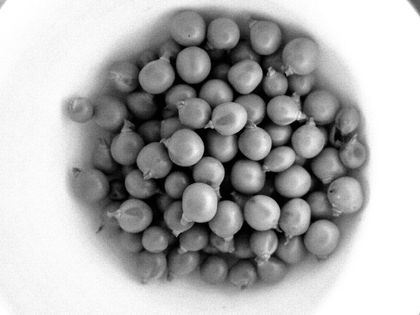
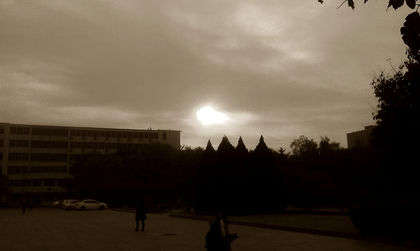
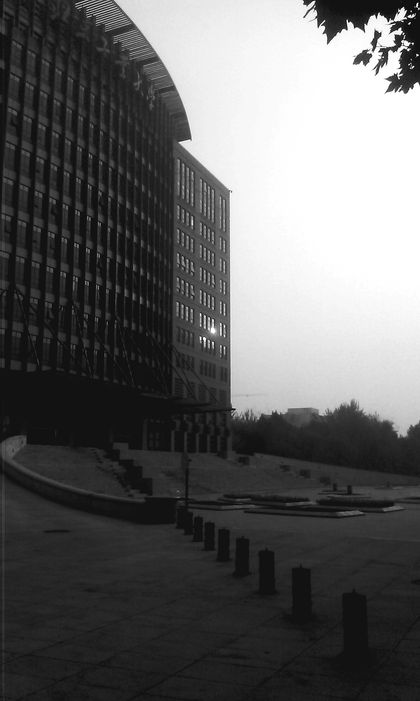
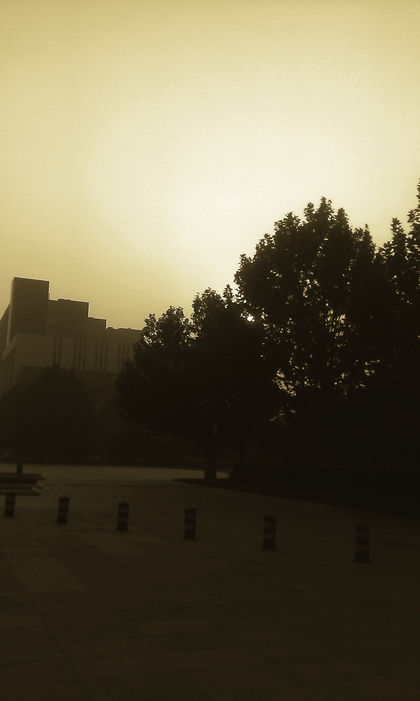


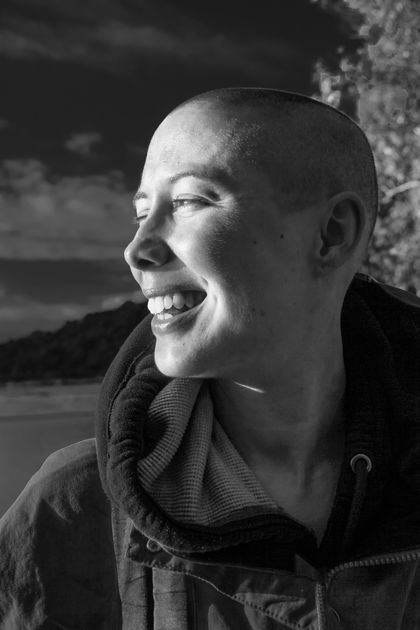


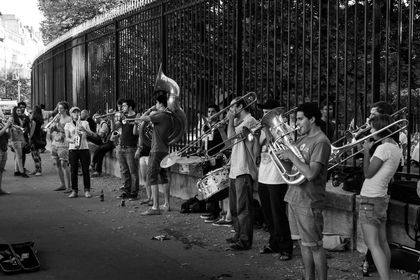
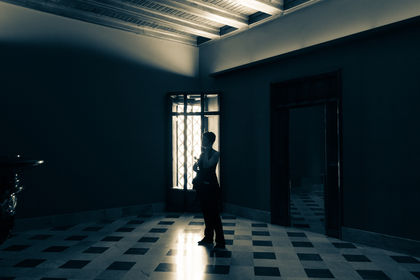
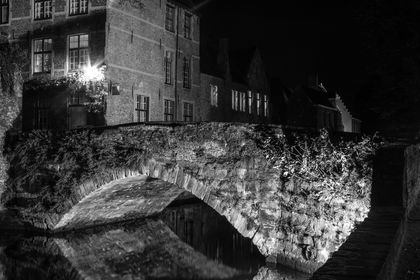

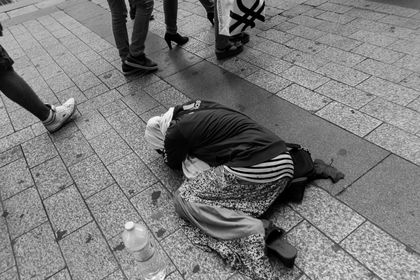
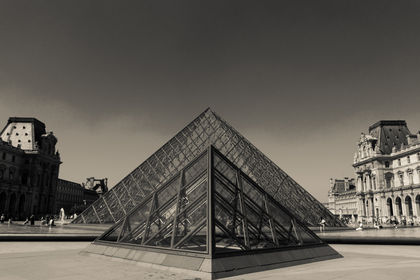
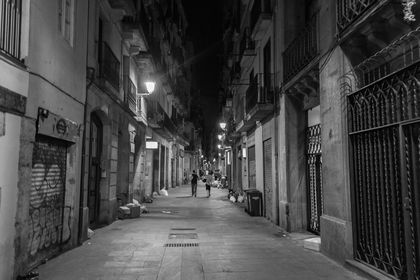
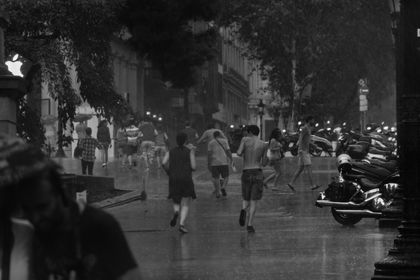
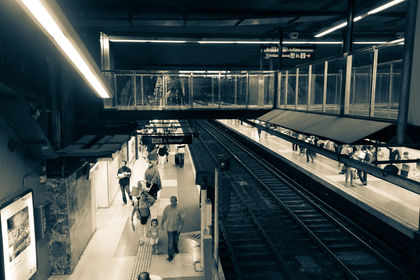
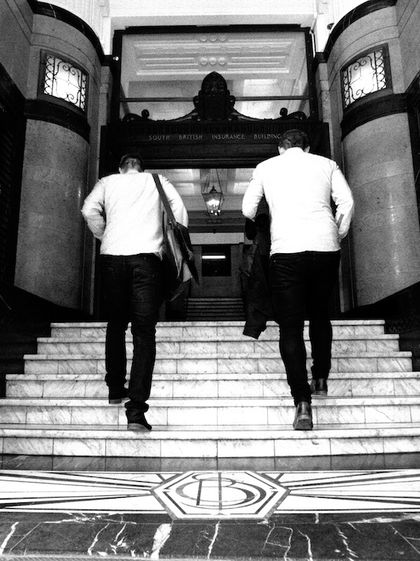

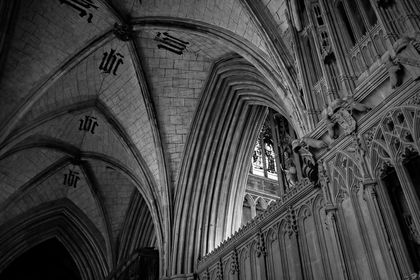
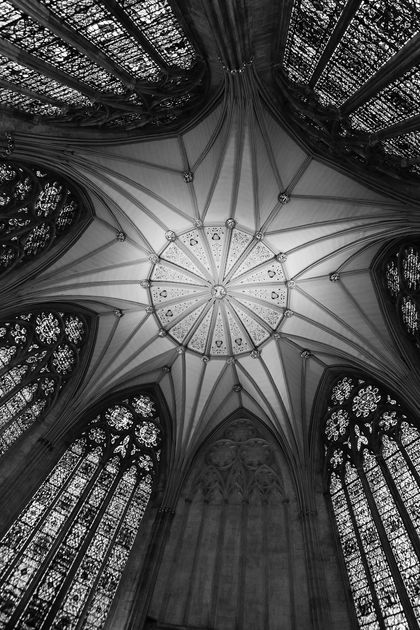
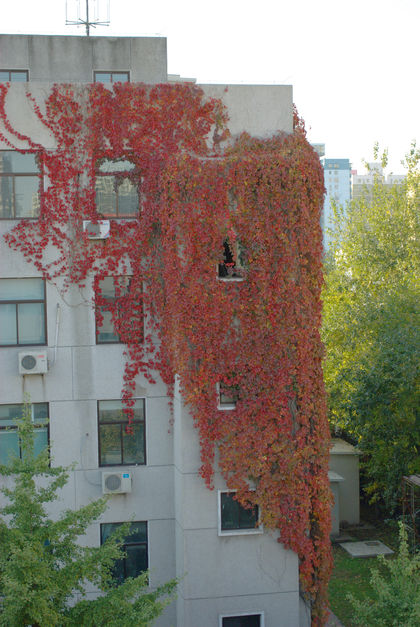
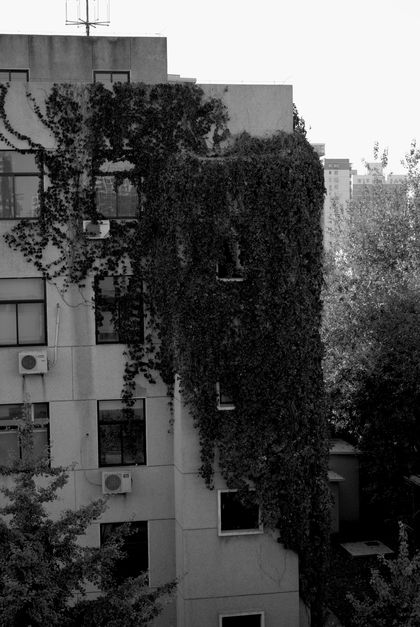
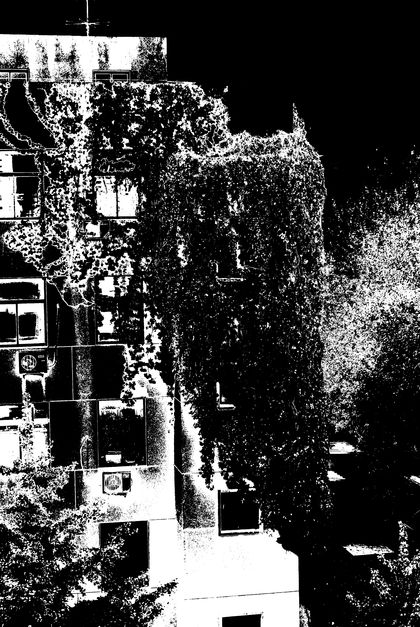

Post your response…
This topic is closed.